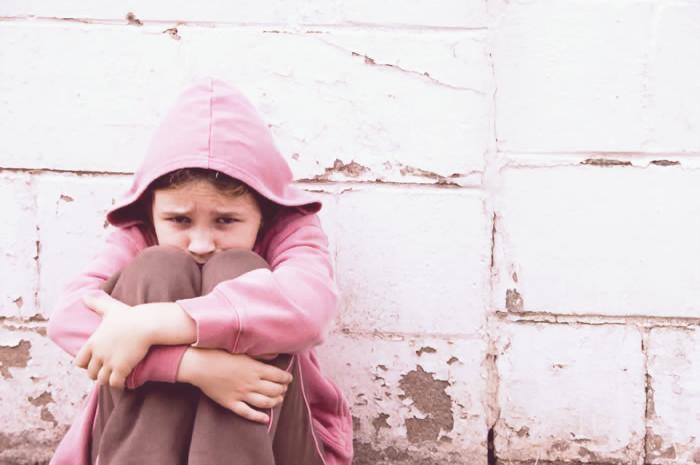Child Abuse in Poland
 Justice & Peace Newsletter
Justice & Peace Newsletter
Published by the Congregational Office
for Justice, Peace and Integrity of Creation
The Convention on the Rights of the Child (CRC)1, adopted on November 20, 1989 by the United Nations General Assembly, and ratified by 192 countries, provides care and protection for the youngest members of society. The authors of this convention were guided primarily by concern for the well-being of children and the principle of equality of the rights of all children regardless of their origin, skin color or religion. (It
is worth noting that Poland was the initiator and originator of the creation of this document.) Although the protection of children has been evident in public discourse for over 20 years, the phenomenon of abusing them since the beginning of time, according to cultural and legal norms, has diminished in the present time but takes more sophisticated forms, which is also true in Polish society2.
This phenomenon is defined by the Committee for the Protection of Children’s Rights in the following way: “An abused child is one who suffers from inappropriate behavior of other people towards him/her – mainly parents and guardians – and at the same time s/he experiences a sense of injustice and powerlessness.
The process of abuse is both an intended and unintended act of an adult, negative affecting the child’s health, physical or psychosocial development3
It is done in various ways:
• sexual abuse: forcing children into prostitution, exploiting children in the production of pornography often also distributed on the Internet;
• forcing children to work;
• forcing children to beg;
• selling children in illegal adoptions;
• hiring children to commit crimes;
• exploiting children to donate cells, tissues or
organs;
• subjecting children to psychological (emotional)
abuse;
• any other form of abuse that degrades a person’s
dignity;
• neglecting the child’s needs necessary for his/her proper development (nutrition, shelter, clothing, education, medical care) as well as psychological needs (safety, love, belonging, etc.).
psychological needs (safety, love, belonging, etc.).
The sexual abuse of children was recognized as a social problem in the 1980s. It was then that more detailed studies of this outrageous crime were
undertaken. Nevertheless, it is not easy to analyze this problem because of its delicate nature. Most cases are covered in silence because the victims prefer not to reveal painful experiences. The development of new technologies provides new opportunities to identify potential victims of abuse, and trafficking victims in pornographic films, photos, etc. Recent decades have vividly revealed the problem of child sexual abuse by clergy and celebrities, or staff from various educational or care centers. It seems, however, that the real magnitude of the problem is shrouded by silence
and shame.
source
